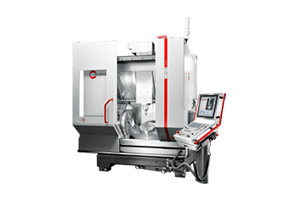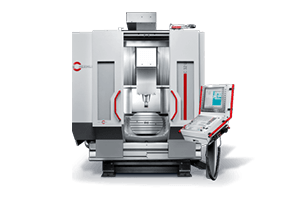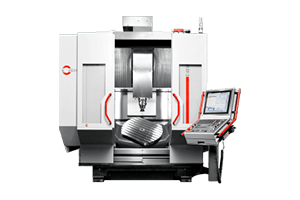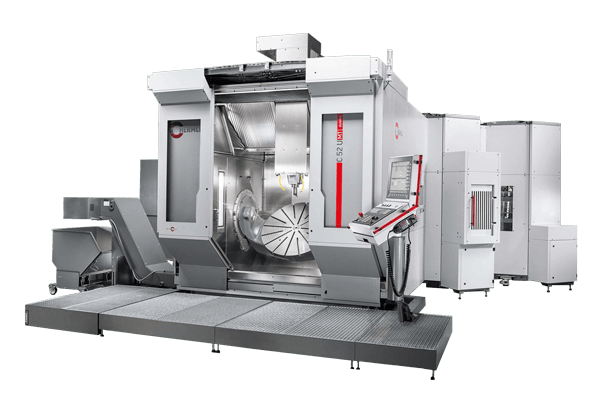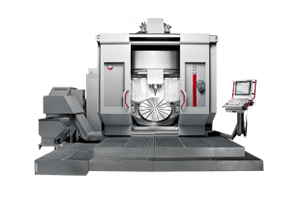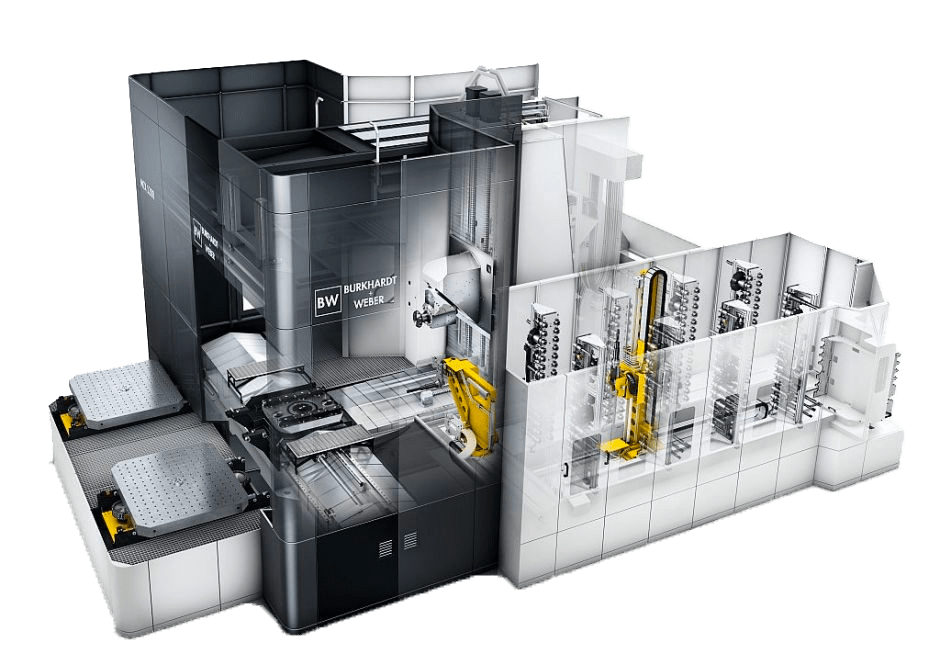Machining heat-resistant alloys
What are heat-resistant alloys?
Heat-resistant alloys are highly resistant metal mixtures that can withstand high temperatures and corrosive environments without changing. Because of these properties, they are often found in the power generation, aerospace, automotive, and chemical industries.
These alloys are typically based on nickel, cobalt and iron and can be used in environments that exceed 640°C without losing their structural integrity or succumbing to corrosion and oxidation. This means they won’t become damaged, warped, change colour or lose durability.
What are the most heat-resistant alloys?
There are a huge number of heat-resistant alloys available to manufacturers, but we’ll outline five of the most popular choices.
| Alloy | Common grades | Properties |
|---|---|---|
| Nickel alloys | Nickel-iron (Invar®), Nickel-copper (Alloy 400), Nickel Molybdenum (Alloy B-2), Nickel-Chromium (Alloy 600, 601, X-750) | These alloys are made from nickel, chromium, and other metals. They are known for their high strength and exceptional resistance to oxidation and corrosion. |
| Cobalt alloys | Elgiloy, Haynes 188, HS-556, L-605, MP159, MP35N, N-155, 6B, F75, TJA-1537 | These alloys are usually made with chrome, nickel and tungsten. They offer incredible strength and hardness at high temperatures, while being resistant to wear. They are even more heat-resistant than nickel-based alloys but are also more expensive. |
| Titanium alloys | Ti 6AL-4V, Ti 6AL ELI, Ti 3Al 2.5, Ti 5Al-2.5Sn | Titanium alloys retain the high strength and corrosion resistance found in pure titanium, while being more flexible and malleable. They are lightweight and resistant, but expensive, and frequently found in military and aerospace applications. |
| Tungsten alloys | Densalloy®, Densimet®, Hastelloy®, Stellite® | Sometimes referred to as heavy alloys, tungsten alloys generally contain 90%+ tungsten with other metals that improve machinability. These alloys have some of the highest melting points available, along with great high-temperature strength and creep resistance. |
| Stainless Steels | 304, 316, 430, 410, 420, 2205, 630 grades | Containing chromium, and usually nickel or carbon, stainless steels are highly popular, durable and corrosion-resistant metals used frequently in consumer goods, medical applications and industrial settings. |
What are heat-resistant superalloys?
Almost all of the metals we use today are alloys, offering greater properties than the individual metals that make them up.
However, modern industries and engineers demand superalloys with exceptional temperature resistance, hardness and other properties like high creep and corrosion resistance.
Some of the examples above offer these material properties. With a base alloy element typically consisting of nickel, cobalt or iron/nickel-iron, these alloys have been developed to meet the needs and extreme requirements of the aerospace and power generation industries.
Each subgroup offers various advantages and disadvantages in certain scenarios.

What are the applications of heat-resistant superalloys?
Superalloys find use in applications where incredible heat and corrosion resistance are essential to maintaining a product’s effectiveness.

Aerospace turbine engines
They are used in the hottest sections of gas turbine engines, such as turbine blades, discs, and combustion chambers. They can withstand the high temperatures and stresses generated by these components.

Rocket componentry
They are also used in rocket engines, exposed to even higher temperatures and stresses. They are essential for the performance of these engines.

Nuclear reactors and power generation
They are used in nuclear reactors to withstand the high temperatures and radiation the reactor core generates. They are also used in fuel cladding, which helps prevent the release of radioactive material. The oil & gas sectors also frequently use superalloys.
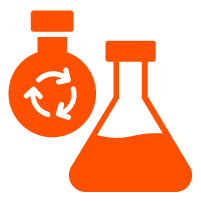
Chemical processing
They are used in chemical processing equipment to withstand the high temperatures and corrosive chemicals used in these processes. They are also commonly used to withstand the extreme environments associated with the petroleum industry.

Medical devices
The cobalt-chromium based superalloys used in the medical industry offer good biocompatibility and corrosion resistance; they find use as stents, pacing leads, spinal rods and screws.
What are the advantages of superalloys?
Broadly speaking, there are five main advantages offered by superalloys:
- High strength
- Toughness
- Oxidation and corrosion resistance
- Resistance to high temperatures
- Biocompatibility
Here, we’ll expand on each.
High strength
Superalloys are very strong, even at high temperatures. This is because they are typically made from a combination of metals that have high melting points and high tensile strengths. For example, nickel-based superalloys typically contain nickel, aluminium and/or titanium, along with other elements like niobium and boron. These metals have high melting points and tensile strengths, which strengthens the alloy.
The incredible high-temperature strength of superalloys makes them ideal for applications where high stresses are encountered. For example, they are used in the hottest sections of gas turbine engines, such as turbine blades, discs, and combustion chambers.
These components are subjected to high temperatures and stresses, and superalloys are able to withstand these conditions without failing.
Toughness
In addition to being strong, superalloys are also tough. This means that they can withstand impact without breaking or fracturing. This is an important property for applications where components are put under incredible strain. For example, superalloys are used in all facets of space travel and rockets, which are subjected to high-impact loads during launch and flight.
Resistance to oxidation and corrosion
Superalloys are very resistant to oxidation and corrosion. This is because they typically contain elements that are resistant to these forms of attack. For example, nickel-based superalloys typically contain chromium and aluminium, which are very effective oxidation inhibitors.
The resistance to oxidation and corrosion of superalloys makes them ideal for applications where they will be exposed to harsh environments. For example, they are used in the chemical industry for application in corrosive environments, where components will be exposed to chemicals or seawater.
Similarly, the oil & gas sectors use superalloys for transportation and refining equipment, like pipes, valves and downhole components.
High-temperature stability
Superalloys retain their properties at high temperatures, meaning they remain strong and resistant to oxidation.
This is because they are typically made from a combination of metals that have high melting points. For example, some nickel-based superalloys can be used effectively in environments up to 1,600 degrees Celsius.
The high-temperature stability of superalloys makes them ideal for applications where high temperatures are encountered. For example, Inconel superalloys are used in various rocket engine components, as well as motorsport and automotive turbos and exhausts, which can reach incredible temperatures.
Biocompatibility
Some superalloys are biocompatible, meaning they can be used in medical implants. This is because they are typically made from materials not rejected by the body’s immune system. For example, titanium and cobalt chrome alloys are biocompatible and are often used in hip and knee replacements.
The biocompatibility of them makes them an attractive option for medical implants. They are strong, tough, and resistant to corrosion, and they are also well-tolerated by the body.

What are the disadvantages of superalloys?
Superalloys offer far superior material properties than other more common alloys, but this strength also comes with weaknesses. The downsides of superalloys broadly relate to cost and machining difficulty.

Cost
They are typically more expensive than other types of metals, due to the complex and costly alloying elements that are required to achieve their desired properties. Superalloys can cost many, many times more than carbon steel per tonne.

Complex production process
They are complex to produce and require lengthy research processes to perfect. They’re typically made up of various elements, including metal, metalloid and nonmetal elements and undergo multiple heat treatments to obtain their high strength and oxidation resistance.

Environmentally damaging
The various elements used to create superalloys are often quite rare and costly to mine and process. Many of these elements are rare metals; their extraction and processing can cause significant air and water pollution, alongside waste generation and intense energy consumption.

Limited availability
Engineers need more superalloys, but their high cost is a major constraint. They are used in a variety of applications, including jet engines and energy production, and the demand for these alloys is expected to continue to grow in the coming years.
They are made from rare and expensive materials, such as nickel and cobalt. They are also difficult and costly to manufacture, requiring specialised equipment and processes, this, combined with the demand, puts restraints on availability.
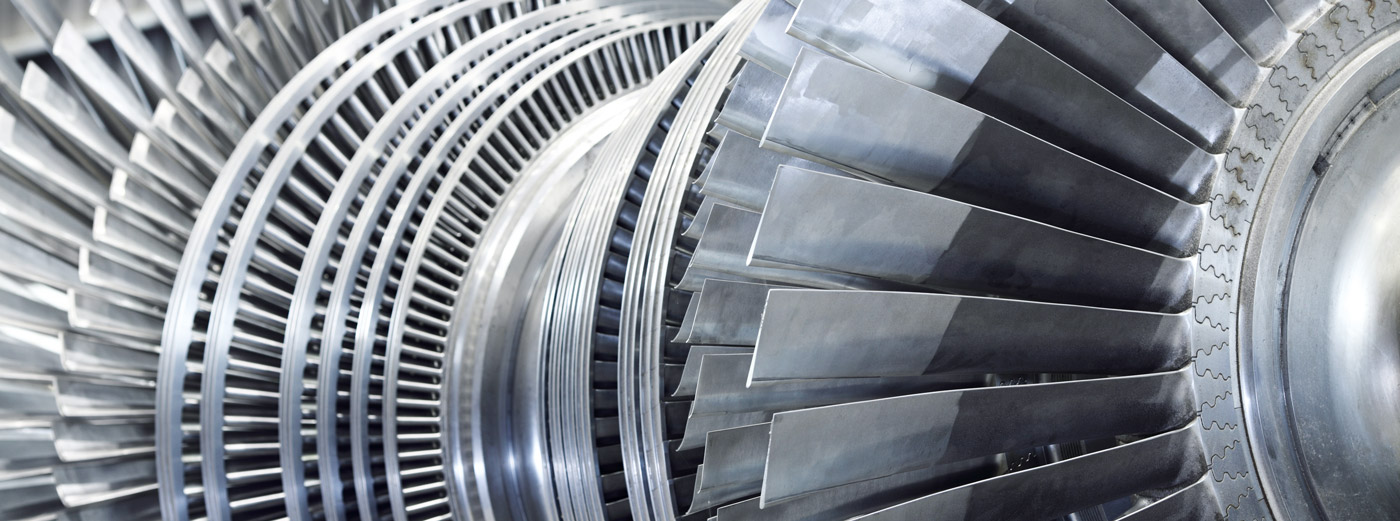
What is the machinability of superalloys?
Superalloys can be difficult to machine for two primary reasons:
Durability
These alloys are highly durable, hard, and tend to create vast amounts of heat. At high speeds, the lifespan of your end mills will suffer, and you may experience work hardening. Cobalt drills may work better here, alongside high-performance carbide inserts and HSS tools.
Thermal diffusivity
Most superalloys have low thermal diffusivity and tend to create large quantities of heat when machined. This can warp the material and seriously damage your tools. A careful choice of coolants and lubricants is essential, alongside sensitive cutting speeds.
Machinability Of Nickel (Ni) Based Superalloys
Nickel-based superalloys are complex materials that require specialised techniques to overcome their properties.
Machinists will need to consider their processes carefully. They’re generally considered to be among the most challenging materials to machine due to their incredible hardness and low thermal diffusivity.
Machinability range: 5-45%
Machinability Of Cobalt (Co) Based Superalloys
Cobalt superalloys present a perfect storm for machinists: combining the challenging properties of high toughness, superior strength, strong resistance to wear and very low thermal conductivity.
Expect high wear on cutting edges and reduced tool life. The tools you need to overcome cobalt’s strength at high temperatures will likely be strong carbide inserts. Like nickel-based alloys, depth of cut, feed and speeds should be reduced to lower process heat and reduce work hardening.
Machinability range: 6-19%
Machinability Of Iron (Fe) Based Superalloys
Compared to nickel and cobalt superalloys, iron-based superalloys offer similar high-temperature strength and resistance to wear, corrosion and oxidation. They’re a more economical choice, trading lower performance for a lower price.
Out of the three discussed here, iron-based superalloys are generally the simplest to machine, but due to the huge number of superalloy grades, it is impossible to say this for certain.
Machinability range: 25-50%
Summary: machining heat-resistant alloys
There are many heat-resistant alloys and superalloys available to manufacturers. Generally, they perform well at high temperatures, retaining their strength, hardness and resistance to creep, corrosion and oxidation. They find extensive use in the aerospace, energy, chemical and medical device sectors.
Heat-resistant superalloys, like those based on nickel and cobalt, are among the most challenging materials to machine. Their hardness and low thermal conductivity mean tools wear much faster than with other alloys. Specialist cutting techniques and high-performance machines are required to successfully machine heat-resistant alloys.
Kingsbury’s machine recommendations for heat-resistant alloys
Hermle
Flexible choices
For larger parts
Large Prismatic Machines
Still need help machining superalloys? Or want to read more?
Take a look at our guide to machining titanium.
Or, if you need help, the Kingsbury team are on hand to offer advice and support.

